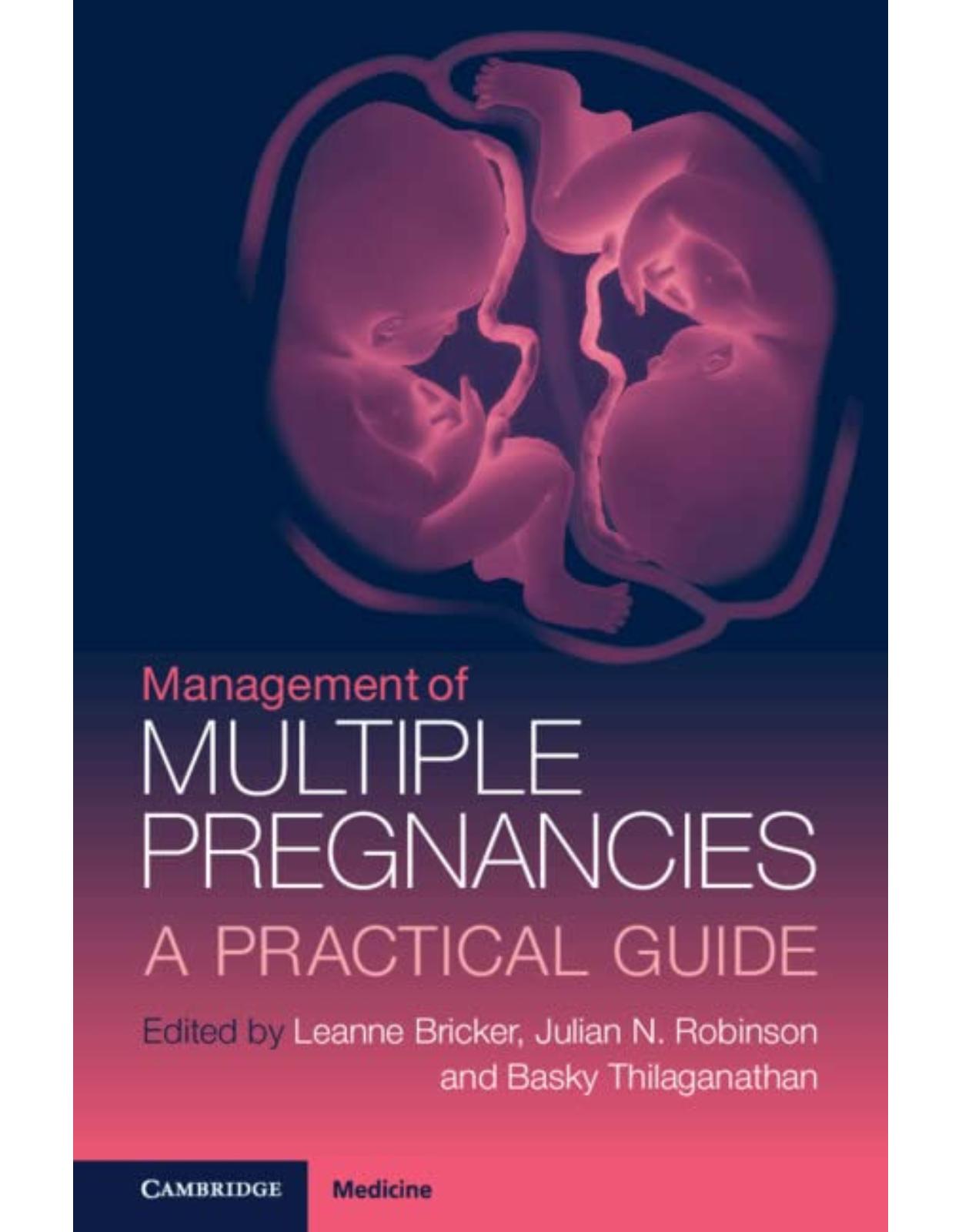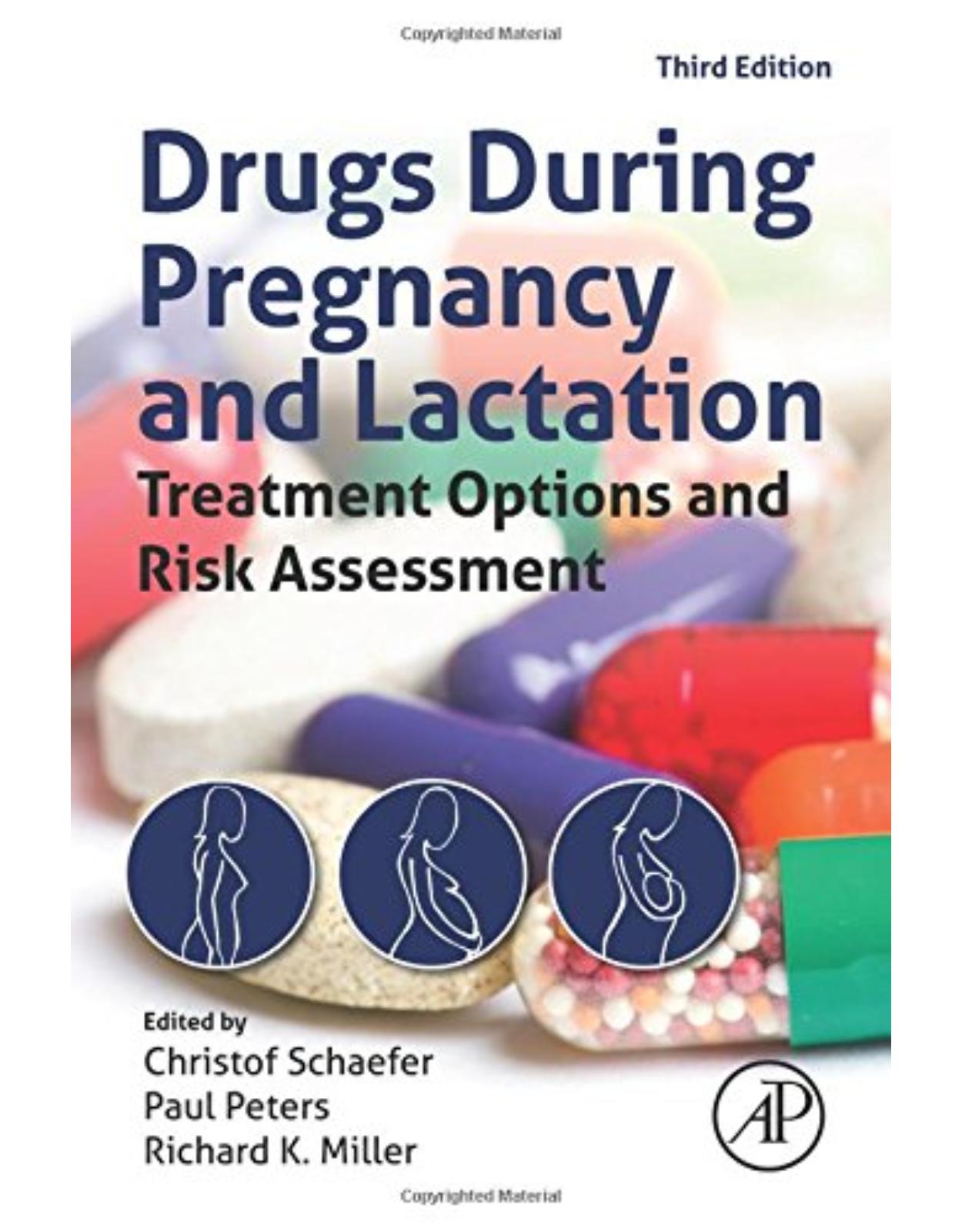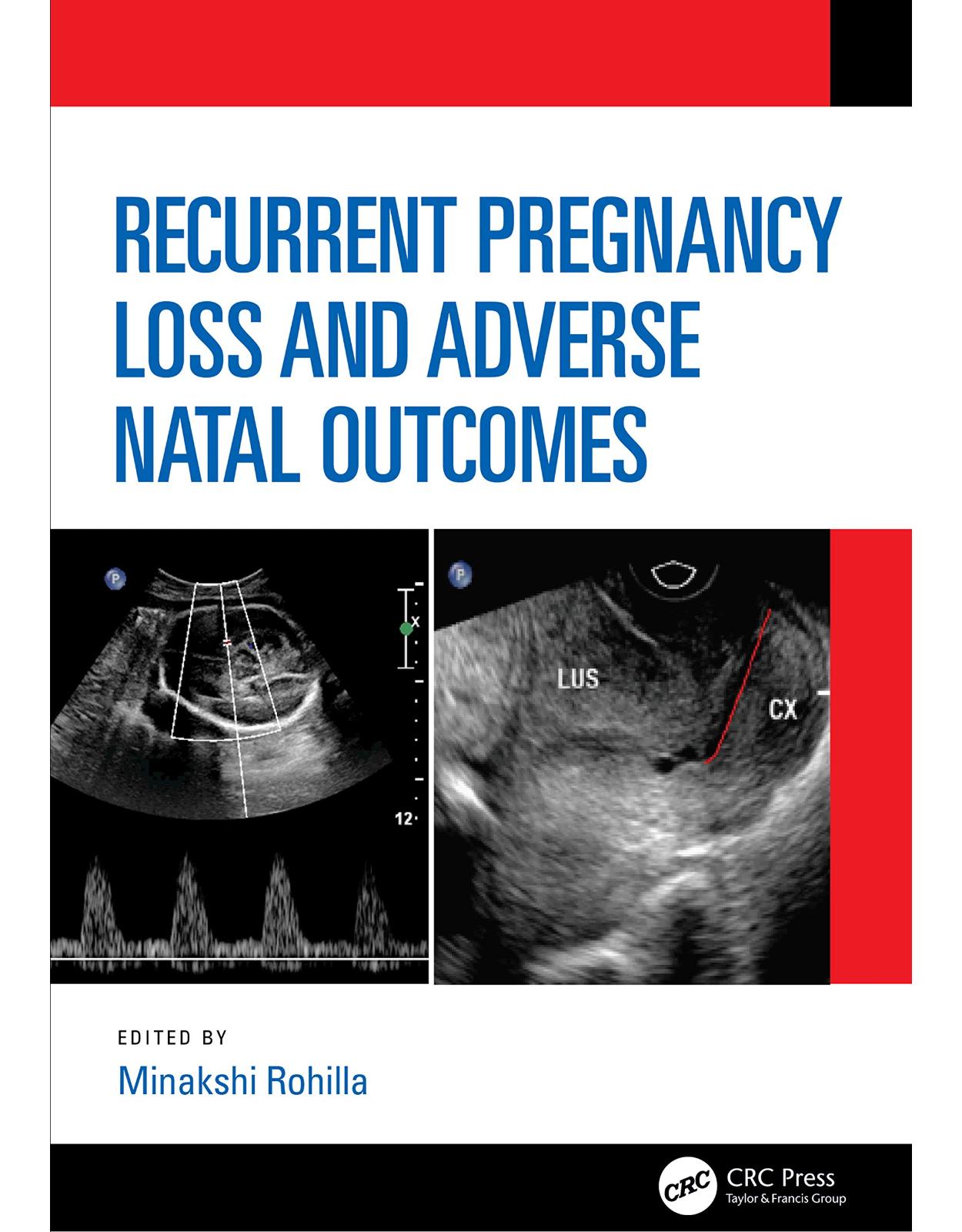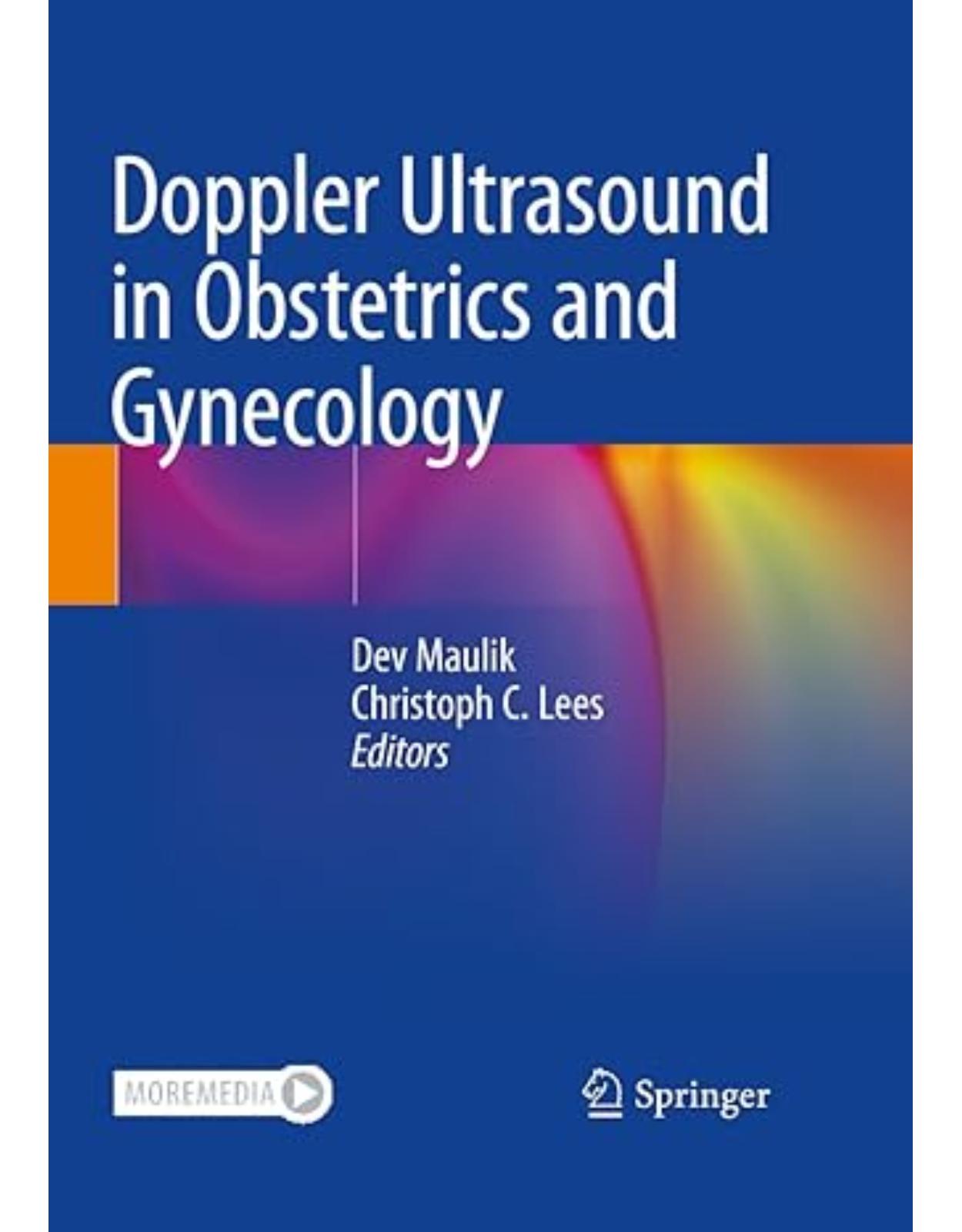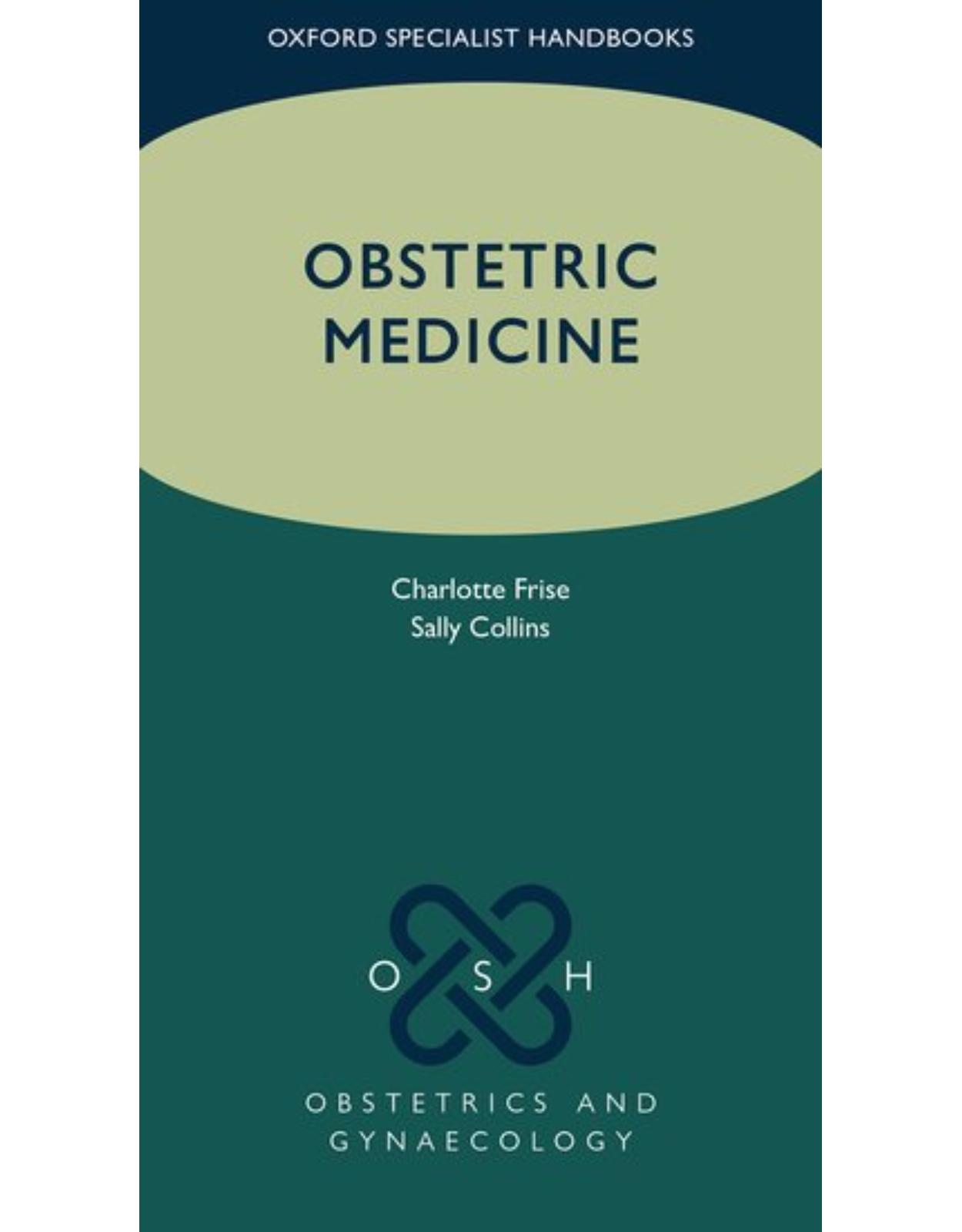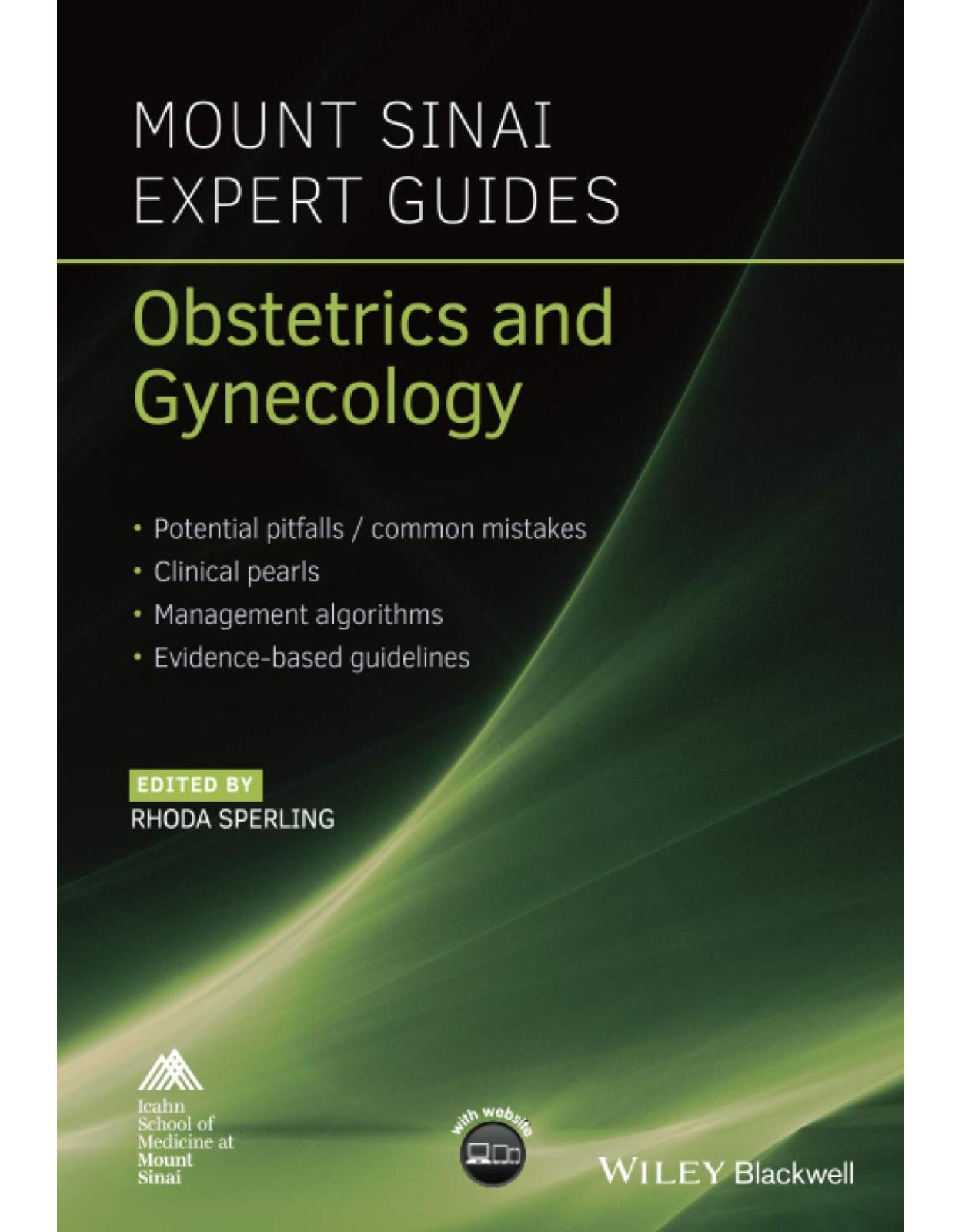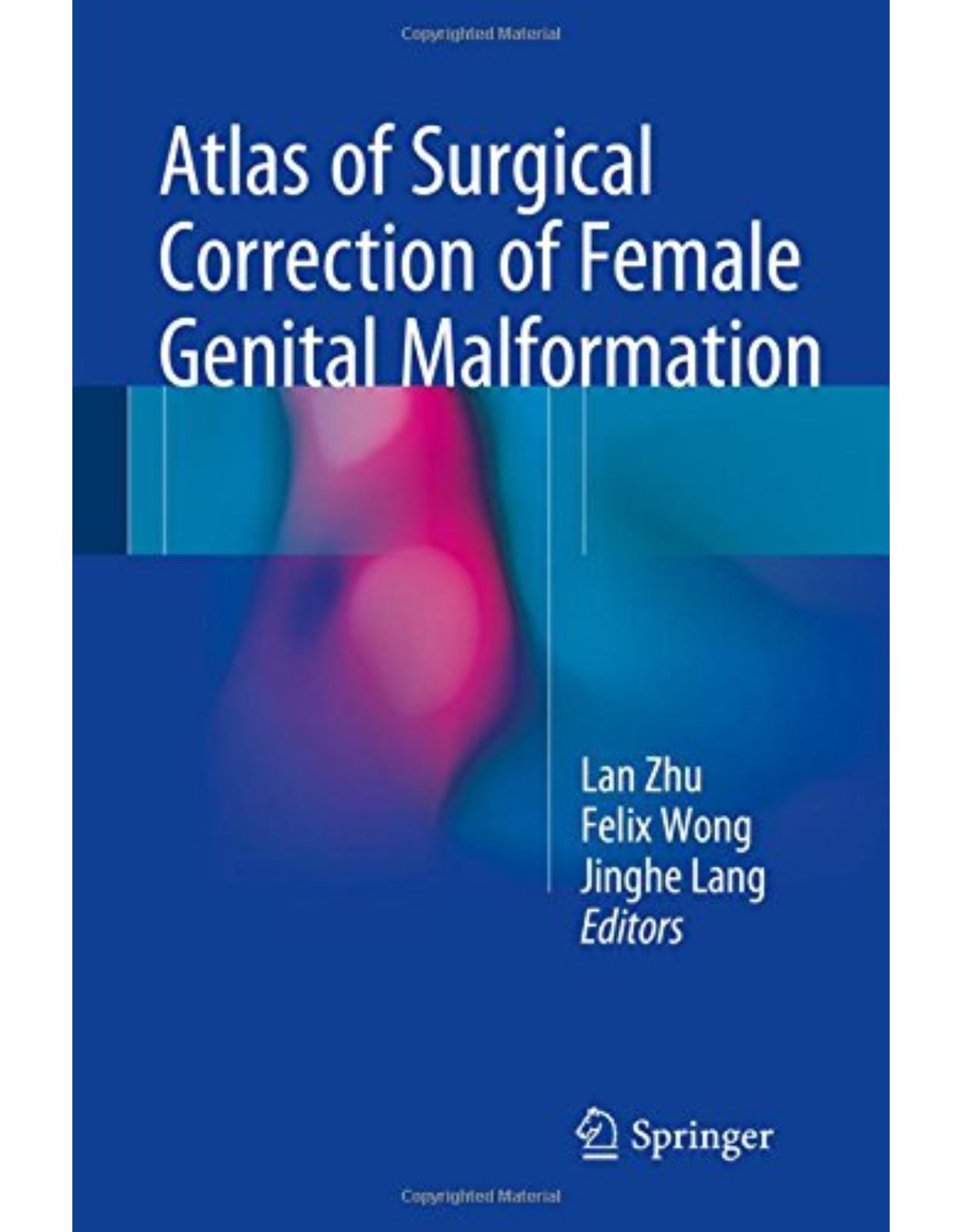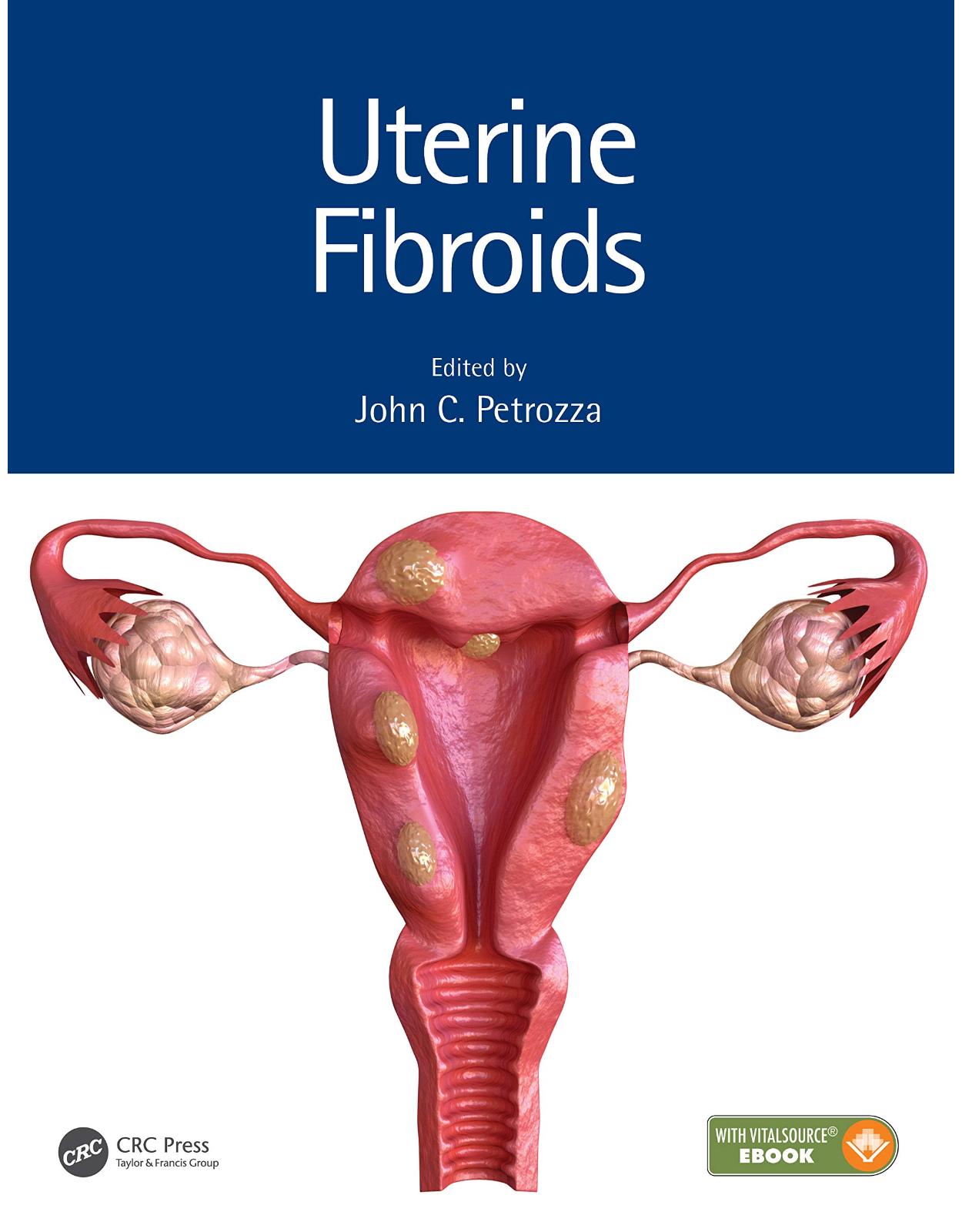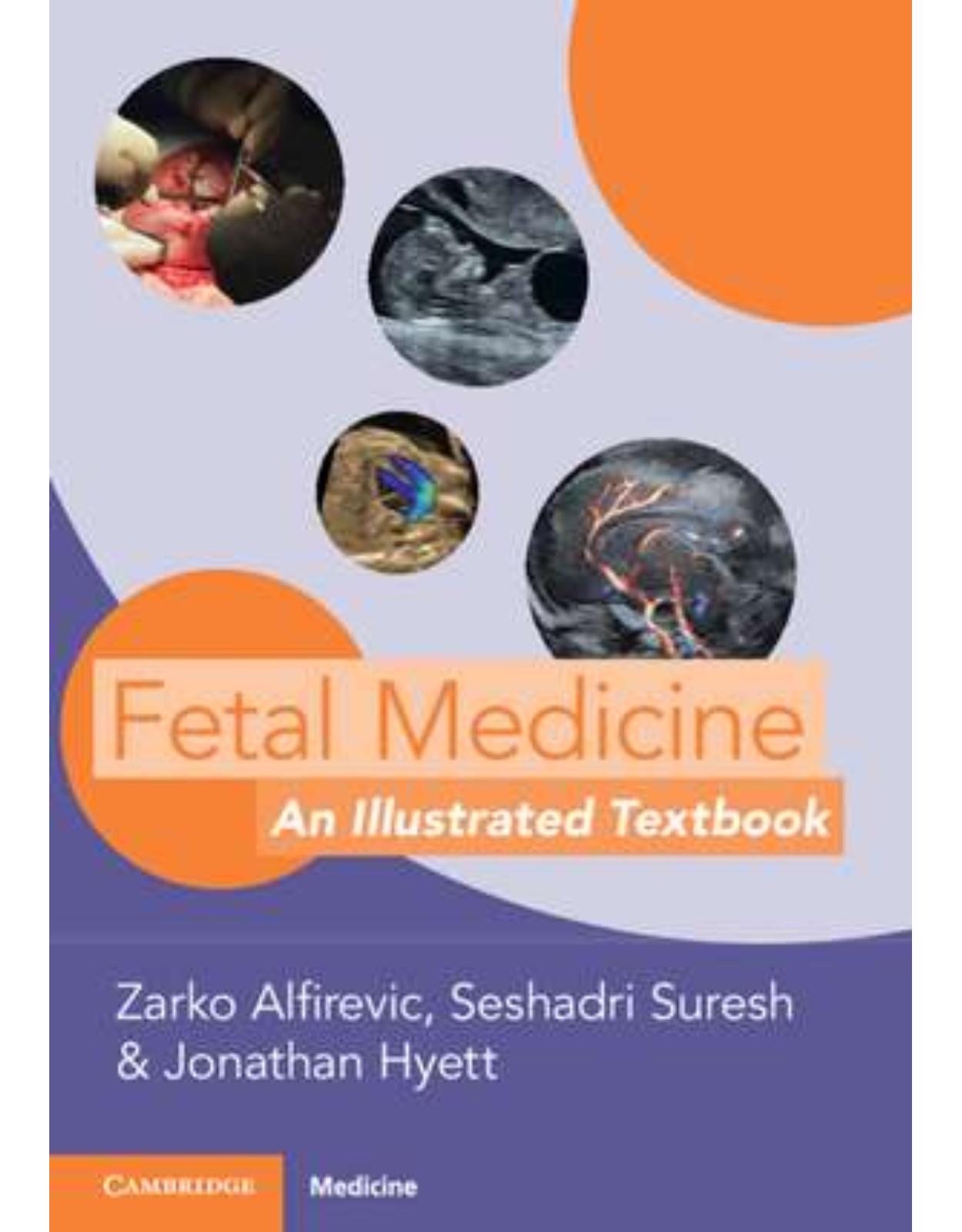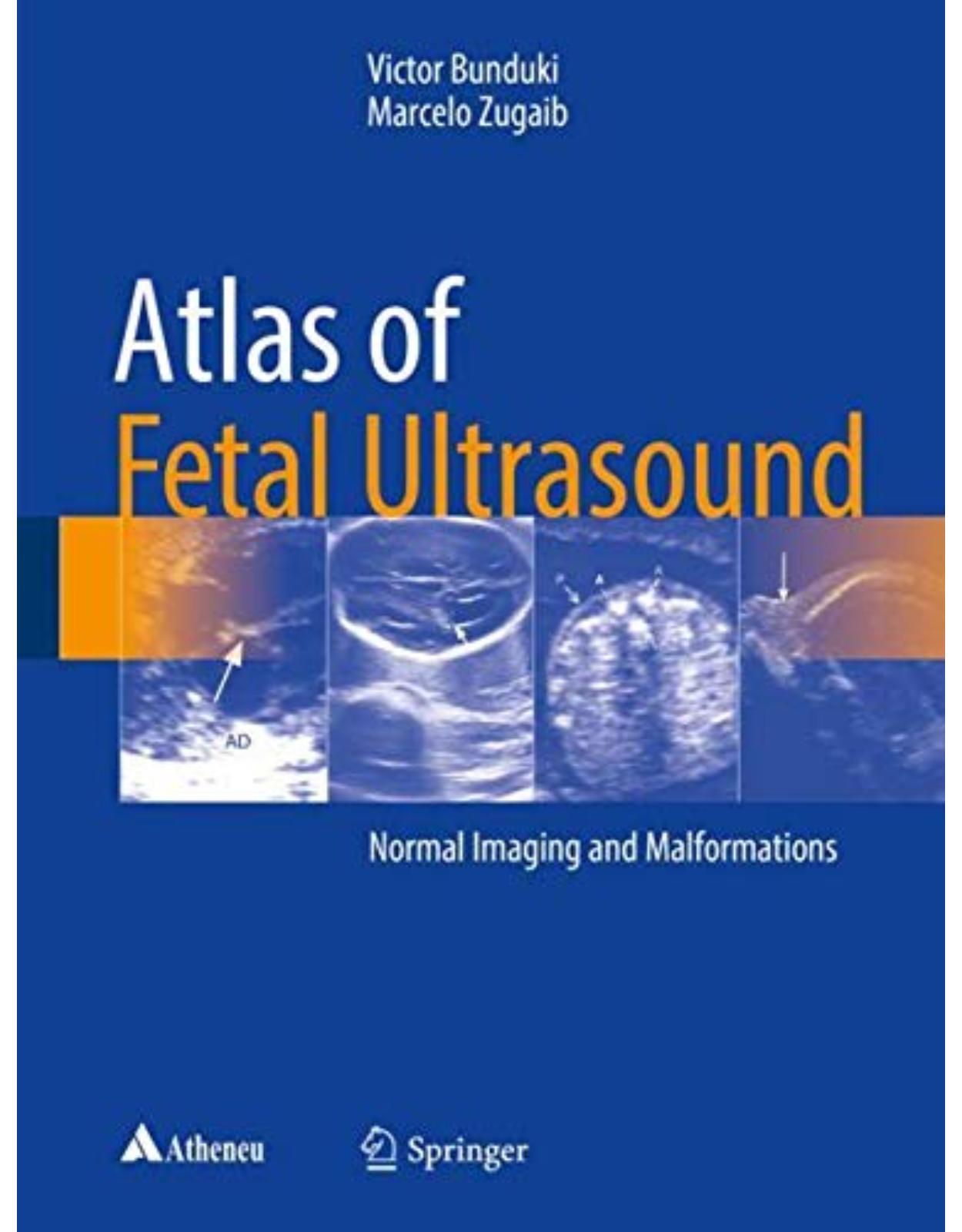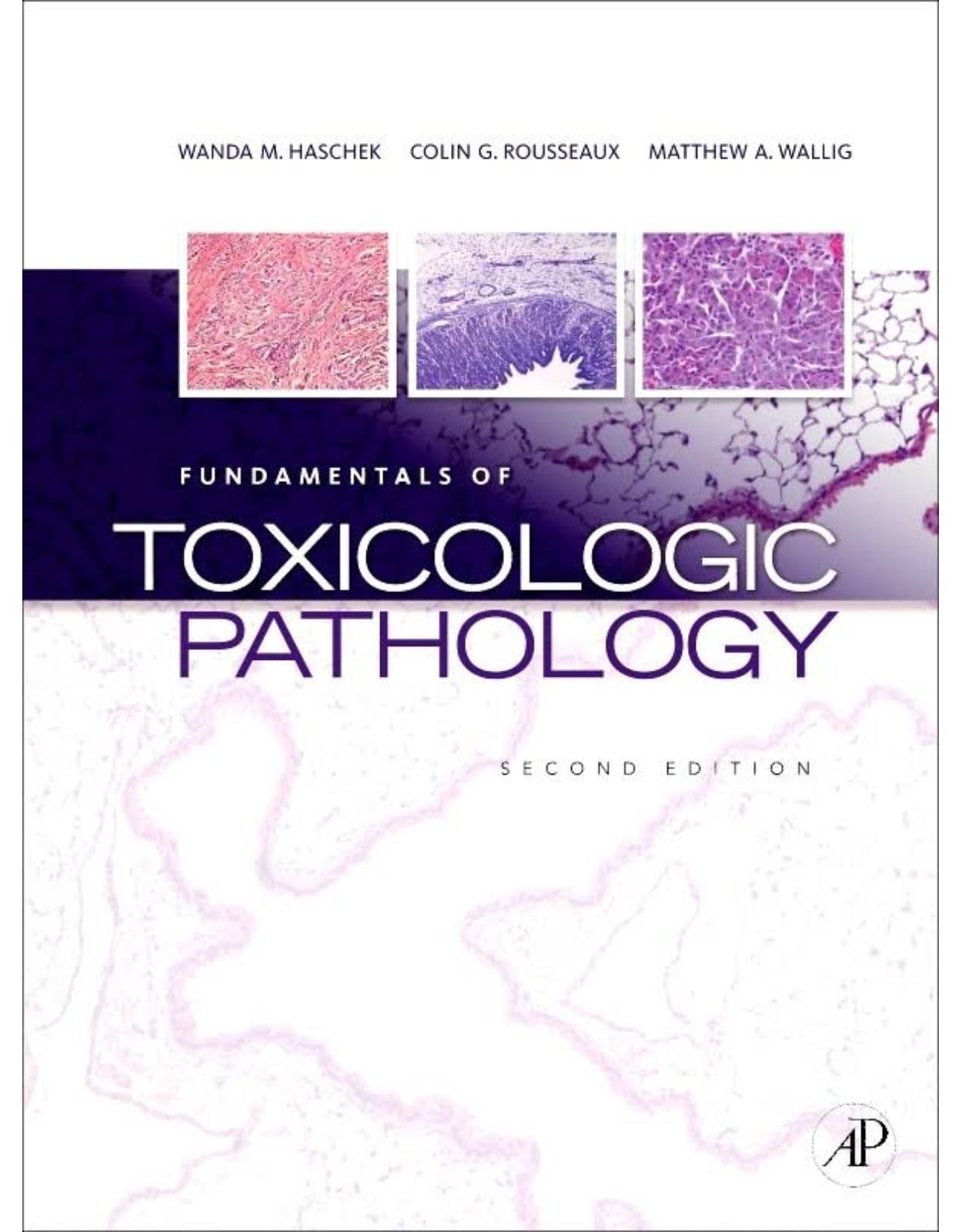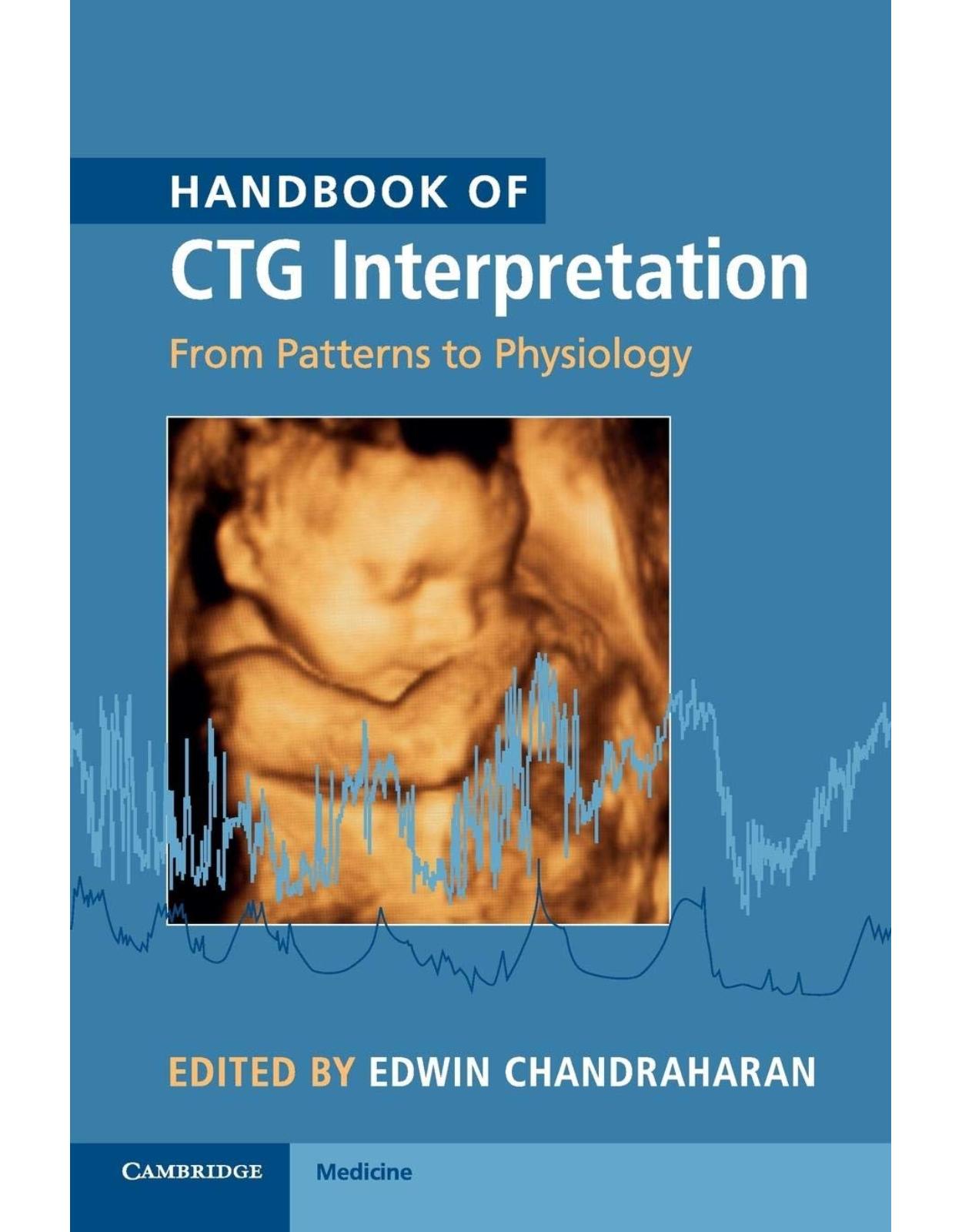
Handbook of CTG Interpretation: From Patterns to Physiology
Livrare gratis la comenzi peste 500 RON. Pentru celelalte comenzi livrarea este 20 RON.
Disponibilitate: La comanda in aproximativ 4 saptamani
Autor: Edwin Chandraharan
Editura: Cambridge University Press
Limba: Engleza
Nr. pagini: 256
Coperta: Paperback
Dimensiuni: 15.6 x 1.47 x 23.39 cm
An aparitie: 23 Feb. 2017
Description:
This book promotes an evidence-based paradigm of fetal heart rate monitoring during labour, with a move away from the traditional 'pattern-based' interpretation to physiology-based interpretation. Chapters are presented in a systematic and accessible format, covering topics such as non-hypoxic causes of fetal brain injury, pre-existing hypoxia, types of intrapartum hypoxia, erroneous monitoring of maternal heart rate, fetal scalp blood sampling and fetal ECG (STAN), intermittent auscultation and medico-legal issues. Sections on 'pearls' and 'pitfalls' highlight good practice and common errors to promote best practice. End-of-chapter exercises allow the reader to engage with the theory and test their knowledge of key areas. This is a highly practical manual aimed at obstetricians and midwives, particularly those undergoing CTG training. The book will also be very useful to midwifery and medical students and to all those involved in multiprofessional intrapartum care.
Table of Contents:
1 ‘An Eye Opener’: Perils of CTG Misinterpretation
Introduction
Effects of CTG Misinterpretation
CTG Interpretation: What Is the Problem?
Further Reading
2 Fetal Oxygenation
Introduction
Placentation: Impact on Fetal Oxygenation
Normal Placentation
Impact of Placental Reserve on Fetal Growth and Well-being
Fetal Adaptation to Hypoxic Intrauterine Environment
Abnormal Placentation
Fetal Response to Hypoxic Stress
Summary
Further Reading
3 Physiology of Fetal Heart Rate Control and Types of Intrapartum Hypoxia
Physiology of Fetal Heart Rate Control
Parasympathetic Nervous System
Baroreceptors
Chemoreceptors
Role of Sympathetic System and the Fetal Adrenal Glands
The Somatic Nervous System
Features of a Normal CTG
Baseline FHR
Variability
Accelerations
Decelerations
Types of Intrapartum Hypoxia
Acute Hypoxia
Subacute Hypoxia
Gradually Evolving Hypoxia
Long-Standing (Chronic) Hypoxia
Preterminal CTG
Exercises
Further Reading
4 Understanding the CTG
Introduction
Parts of the Machine
CARDIOtocograph – Records the Features of the FHR
Transabdominal Monitoring – Noninvasive Monitoring
Fetal Scalp Electrode - Invasive Monitoring
CardioTOCOgraph – Measurement of Uterine Activity
Internal Pressure Transducers - Invasive Monitoring
CardiotocoGRAPH– Display of the CTG Trace
Paper Printout
Electronic Display and Storage
Pitfalls
Doubling of FHR
Halving of FHR
Erroneous Monitoring of Maternal Heart Rate as FHR
Loss of Contact or Poor Signal Quality
Interference
Incorrect Placement of Thermosensitive Paper
Further Reading
5 Applying Fetal Physiology to Interpret CTG Traces
Adult Physiological Response to Hypoxic Stress
Fetal Physiological Response to Hypoxic Stress
Physiological Approach to CTG Interpretation: ‘8Cs’ Approach to Management
Key Messages on Physiology-Based CTG Interpretation
Exercises
CTG Exercise A
CTG Exercise B
6 Avoiding Errors
Key Facts
Key Features on the CTG Trace
Key Pathophysiology behind Patterns Seen on CTG Trace
Recommended Management
Key Tips to Optimize Outcome
Common Pitfalls
Consequences of Mismanagement
References
7 Antenatal Cardiotocography
Key Facts
Indications for Antenatal Fetal Testing
Role of Antenatal Cardiotocography
Pathophysiology behind CTG Features
Interpretation of a CTG Trace
Baseline Heart Rate
Fetal Tachycardia
Fetal Bradycardia
Variability
Accelerations
Decelerations
Sinusoidal Pattern
Types of CTG Examinations
Contraction Stress Test
Non-Stress Test
Computerized CTG
Pearls: CTG in Clinical Practice
Pitfalls
Consequence of Mismanagement
Possible Future Developments
Conclusions
References
8 Intermittent (Intelligent) Auscultation in the Low-Risk Setting
Key Facts
Recommended Method
Physiology behind IA
Pitfalls
Exercises
Further Reading
9 Current Scientific Evidence on CTG
Key Facts
Current Evidence
Interpretation of Current Evidence
Future Developments
Further Reading
10 Role of Uterine Contractions and Intrapartum Reoxygenation Ratio
Key Facts
Key Features (Increased Uterine Activity)
An Acute Increase in Uterine Activity (e.g. Immediately after Increasing Oxytocin Infusion)
Effects of Continuing Increase in Uterine Activity over Time
Key Pathophysiology behind Patterns Seen on the CTG Trace
Recommended Management
Pearls
Pitfalls
Consequences of Mismanagement
Exercises
References
11 Intrapartum Monitoring of a Preterm Fetus
Key Facts
Key Features on the CTG Trace
Key Pathophysiology behind Patterns Seen on the CTG Trace
Recommended Management
Key Tips to Optimize Outcome
Pitfalls
Consequences of Mismanagement
Exercises
Further Reading
12 Role of Chorioamnionitis and Infection
Key Facts
Key Pathophysiology of Infection and CTG
Key Features on the CTG Trace
Recommended Management
Key Tips to Optimize Outcome
Pitfalls
Consequences of Mismanagement
Exercises
Further Reading
13 Meconium
Key Facts
Recommended Management
Common Pitfalls
Consequences of Meconium
Further Reading
14 Intrapartum Bleeding
Key Facts
Key Features on the CTG Trace
Key Pathophysiology behind Patterns Seen on the CTG Trace
Recommended Management
Key Tips to Optimize Outcome
Pitfalls
Consequences of Mismanagement
Exercise
Further Reading
15 Labour with a Uterine Scar
Key Facts
Key Features on the CTG Trace
Key Pathophysiology behind Patterns Seen on the CTG Trace
Recommended Management
Key Tips to Optimize Outcome
Pitfalls
Consequences of Mismanagement
Exercise
Further Reading
16 Impact of Maternal Environment on Fetal Heart Rate
Introduction
Key Facts
Conditions Causing Maternal Metabolic Acidosis
Conditions Causing Chronic Maternal Hypoxia
Conditions Reducing Placental Perfusion
Maternal Autoantibodies
Drugs
Maternal Temperature
Key Changes on the CTG Trace
Raised Baseline Fetal Heart Rate (FHR)
Reduced Baseline FHR
Reduced Variability
Chemoreceptor-Stimulated Decelerations
Prolonged Decelerations
Key Pathophysiology behind the Features Observed on the CTG Trace
Raised Baseline FHR
Reduced Baseline FHR
Reduced Variability
Chemoreceptor-Simulated Decelerations
Prolonged Decelerations
Management
Key Tips for Optimizing the Outcome
Common Pitfalls
Consequences of Mismanagement
Exercise
Further Reading
17 Use of CTG with Induction and Augmentation of Labour
Key Facts
Key Features on the CTG Trace
Key Pathophysiology behind Patterns Seen on the CTG Trace
Recommended Management
Key Tips to Optimize Outcome
Pitfalls
Consequences of Mismanagement
Exercise
Further Reading
18 Recognition of Chronic Hypoxia and the Preterminal Cardiotocograph
The Fetal Neurologic State
Physiology of FHR Regulation and Variability
Fetal Response to Hypoxia-Ischaemia
FHR Characteristics of a Chronically Hypoxic Fetus
Other Markers of Chronic Hypoxia in the Fetus
The Preterminal CTG
Conclusions
References
19 Unusual Fetal Heart Rate Patterns
Key Facts
Key Features on the CTG Trace
Key Pathophysiology of Sinusoidal and Saltatory FHR Patterns
Recommended Management
Key Tips to Optimize Outcome
Pitfalls
Consequences of Mismanagement
Exercise
References
20 Intrauterine Resuscitation
Key Facts
Key Features on the CTG Trace
Key Pathophysiology behind Patterns Seen on the CTG Trace
Recommended Management
Key Tips to Optimize Outcome
Pitfalls
Consequences of Mismanagement
Exercise
Further Reading
21 Management of Prolonged Decelerations and Bradycardia
Key Facts
Management of Prolonged Decelerations
Causes of Prolonged Decelerations
Nonreversible Causes of Prolonged Decelerations
Reversible Causes of Prolonged Decelerations
Maternal Hypotension
Management of Hypotension
Excessive Uterine Activity (Tachysystole)
Management of Uterine Hyperstimulation
CTG Parameters That Predict Recovery of Prolonged Decelerations
Assessment of CTG Parameters
When Should Delivery Occur?
After the Prolonged Deceleration Has Resolved
When Is It Safe to Restart Oxytocin?
Suggested Approach to Management of Prolonged Decelerations
Management of Prolonged Decelerations
Management of Fetal Bradycardia
Common Pitfalls
Exercise
References
22 ST-Analyser (STAN)
Key Facts
Key Features on the STAN
Key Pathophysiology behind Patterns Seen on the CTG Trace
Recommended Management
Key Tips to Optimize Outcome
Common Pitfalls
Consequences of Mismanagement
Recent Developments
Further Reading
23 ST-Analyser
Key Principles
Case 1. Commencement of STAN
Case 2. STAN Events on a Normal CTG Trace
Case 3. Nonsignificant ‘Episodic’ STAN Events
Case 4. Abnormal CTG without Significant ST Events
Case 5. Abnormal CTG with a Significant STAN Events
Pitfalls with the Use of STAN
Conclusions
Further Reading
24 Role of a Computerized CTG
Introduction
Cardiotocography
Adjuncts to CTG
Fetal Blood Sampling
Fetal ECG (STAN)
Training and Reducing Human Error
Computerized Decision Support
Conclusion
References
25 Peripheral Tests of Fetal Well-being
Key Facts
Fetal Scalp Blood Sampling
Fetal Scalp Lactate Analysis
Fetal Pulse Oximetry
Recommended Management
Consequences of Mismanagement
References
26 Operative Interventions for Fetal Compromise
Key Facts
Operative Vaginal Delivery
Anticipated CTG Changes Following Instrument Application
Failed Operative Vaginal Delivery
Decision to Delivery Interval
Pitfalls
Consequences of Mismanagement
References
27 Nonhypoxic Causes of CTG Changes
Key Facts
Key Features on the CTG Trace
Key Pathophysiology behind Patterns Seen on the CTG Trace
Recommended Management
Key tips to Optimize the Outcome
Pitfalls
Consequences of Mismanagement
References
28 Neonatal Implications of Intrapartum Fetal Hypoxia
Introduction
When Does Fetal Hypoxia Pose a Risk for the Fetus?
Mechanisms of Hypoxic Brain Injury
Clinical Features of Hypoxic-Ischaemic Encephalopathy
Management of HIE
Outcomes
References
29 Role of the Anaesthetist in the Management of Fetal Compromise during Labour
Key Facts
Key Pathophysiology
Recommended Management
Key Issues
Key Tips to Optimize Outcome
Pitfalls
References
30 Medico-legal Issues with CTG
Background
Key Facts
Key Features on the CTG Trace
Acute Hypoxia
Subacute Hypoxia
Gradually Developing Hypoxia
Long-standing or Preexisting Hypoxia
Anaemia and Sinusoidal CTG Trace
Key Pathophysiology behind Patterns Seen on the CTG Trace
Recommended Management
Key Tips to Optimize Management
Pitfalls
Fetus at Risk
Fetus at Possible Risk Due to Injudicious Management
Consequences of Mismanagement
Exercise
References
31 Ensuring Competency in Intrapartum Fetal Monitoring
Background
Objectives
Strategies
Intense Physiology-Based CTG Training
Use of Fetal ECG (STAN)
Competency Testing
Training and Assessment
Outcomes
Discussion
Conclusion
Further Reading
32 Physiology-Based CTG Training
Key Facts
Baby Lifeline’s Role in CTG Training
Centres and Delegates
Structure and Aim of Masterclass
Key Outcomes
Delegate Feedback
Impact of Training: Pre- and Post-Tests
Key Challenges to Multiprofessional Training in Physiology-Based CTG Interpretation
Conclusion
References
Appendix Rational Use of FIGO Guidelines in Clinical Practice
Clinical Decision
Implementation of FIGO Guidelines in Clinical Practice
Answers to Exercises
Chapter 3. Physiology of Fetal Heart Rate Control and Types of Intrapartum Hypoxia
Answer
Chapter 5. Applying Fetal Physiology to Interpret CTG Traces: Predicting the NEXT Change
CTG Exercise A
Answers
CTG Exercise B
Answers
Chapter 8. Intermittent (Intelligent) Auscultation in the Low-Risk Setting
Answers
Chapter 10. Role of Uterine Contractions and Intrapartum Reoxygenation Ratio
Answers
Chapter 11. Intrapartum Monitoring of a Preterm Fetus
Answers
Chapter 12. Role of Chorioamnionitis and Infection
Answers
Chapter 14. Intrapartum Bleeding
Answers
Chapter 15. Labour with a Uterine Scar: The Role of CTG
Answers
Chapter 16. Impact of Maternal Environment on Fetal Heart Rate
Answers
Chapter 17. Use of CTG with Induction and Augmentation of Labour
Answers
Chapter 19. Unusual Fetal Heart Rate Patterns: Sinusoidal and Saltatory Patterns
Answers
Chapter 20. Intrauterine Resuscitation
Answers
Chapter 21. Management of Prolonged Decelerations and Bradycardia
Answers
Chapter 30. Medico-legal Issues with CTG
Answer
Index
| An aparitie | 23 Feb. 2017 |
| Autor | Edwin Chandraharan |
| Dimensiuni | 15.6 x 1.47 x 23.39 cm |
| Editura | Cambridge University Press |
| Format | Paperback |
| ISBN | 9781107485501 |
| Limba | Engleza |
| Nr pag | 256 |

